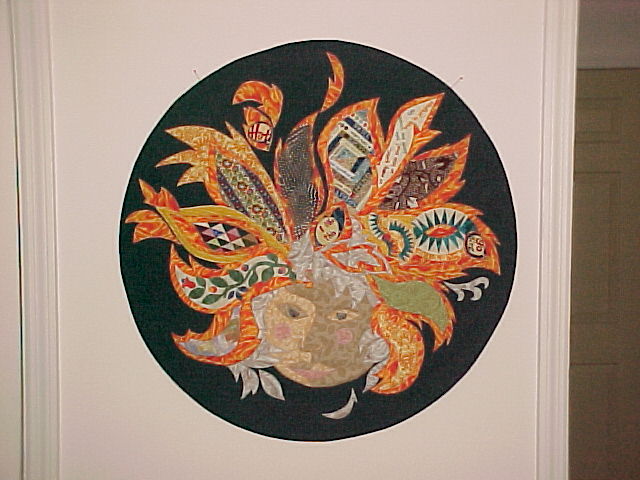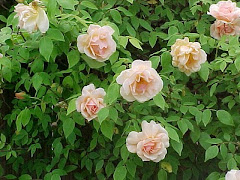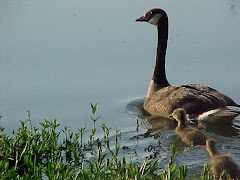The heron rookery in our live oaks was active again this year. Returning adults revisited a previous nest and raised four young.
By the
first week of June the young herons were clambering around in the
branches. One actually landed on a low window sill; another spent time
hunting insects on the swimming pool cover. Then they were gone.
Somewhat to our surprise, a pair of herons then started a nest in our back yard tree. As part of the courtship, the male breaks off sticks (and I do mean sticks, not twigs) and presents them to his mate. Perhaps this was their first time; there was a constant rain of dropped sticks.
Green herons are reclusive and excel at placing nests where they are difficult to glimpse. This nest was visible to me from only one particular spot.
Despite the late start for this pair, we were encouraged to hear mating calls (attractive only to herons, believe me.) When I tried to take photos, the herons' alarm calls and 'tail-flipping' showed me that I was unwelcome.
A young heron craning his neck to view me from the safety of a tupelo at Lake Conway. The striated breast will become a handsome mahogany color in adulthood.
Was this one of 'our' baby grand-herons?
I was excited to find the first eggshell under the tree. The following day there were two more. They are a pretty pale teal color.
Unfortunately, these babies hatched just as severe heat arrived, setting records and stressing all living things. We found one hatchling dead beneath the tree in the following week.
And then the hawk appeared. We have had a mating pair of broad-winged hawks in the area for some years. These are bird predators, and it's not uncommon to find a pile of feathers someplace; usually one can identify the victim (blackbird, robin, dove.) Once the hawk had spotted the nest and young, s/he began patrolling. All the songbirds joined to harass the hawk, screaming in alarm. The frantic calls of cardinals and jays finally brought me outside, and I joined in, clapping my hands. However, the hawk swooped over the nest, causing the adult heron to squawk loudly. This scene was repeated the next day. The adult heron had to leave the nest in order to hunt for fish to feed the young, and the hawk was relentless. Two days later, the nest was deserted.
We will recall happier years and look forward to nesting season in 2013.









Thanks so much for posting this piece on the herons. I enjoyed reading it and trying to get a glimpse of the herons in the foliage.
ReplyDeleteNature is brutal!
ReplyDelete